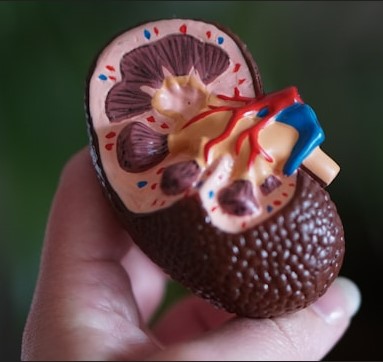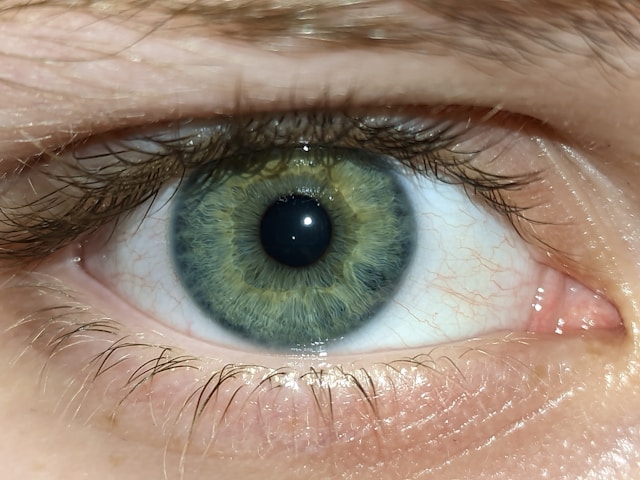 Hyperthermia (also called thermal therapy or thermotherapy) is a type of cancer treatment in which body tissue is exposed to high temperatures (up to 113°F).
How Does it Work?
Research has shown that high temperatures can damage and kill cancer cells, usually with minimal injury to normal tissues . By killing cancer cells and damaging proteins and structures within cells. Hyperthermia is under study in clinical trials (research studies with people) and is not widely available.
When Is It Used?
Hyperthermia is almost always used with other forms of cancer therapy, such as radiation therapy and chemotherapy. Hyperthermia may make some cancer cells more sensitive to radiation or harm other cancer cells that radiation cannot damage. When hyperthermia and radiation therapy are combined, they are often carefully timed. Hyperthermia can also enhance the effects of certain anticancer drugs.
Types of Hyperthermia
Sanoviv uses two different types of hyperthermia – whole body and Local
Whole-body hyperthermia is used to treat metastatic cancer that has spread throughout the body. This can be accomplished by several techniques that raise the body temperature to 107-108°F, including the use of thermal chambers (similar to large incubators).
Local hyperthermia where heat is applied to a small area, such as a tumor, using various techniques that deliver energy to heat the tumor. Different types of energy may be used to apply heat, including microwave, radiofrequency, and ultrasound. Depending on the tumor location, there are several approaches to local hyperthermia.
Many clinical trials are being conducted to evaluate the effectiveness of hyperthermia. Some trials continue to research hyperthermia in combination with other therapies for the treatment of different cancers. Other studies focus on improving hyperthermia techniques.
To learn more about clinical trials, call NCI’s Cancer Information Service (CIS) at 1–800–4–CANCER (1–800–422–6237)
Hyperthermia (also called thermal therapy or thermotherapy) is a type of cancer treatment in which body tissue is exposed to high temperatures (up to 113°F).
How Does it Work?
Research has shown that high temperatures can damage and kill cancer cells, usually with minimal injury to normal tissues . By killing cancer cells and damaging proteins and structures within cells. Hyperthermia is under study in clinical trials (research studies with people) and is not widely available.
When Is It Used?
Hyperthermia is almost always used with other forms of cancer therapy, such as radiation therapy and chemotherapy. Hyperthermia may make some cancer cells more sensitive to radiation or harm other cancer cells that radiation cannot damage. When hyperthermia and radiation therapy are combined, they are often carefully timed. Hyperthermia can also enhance the effects of certain anticancer drugs.
Types of Hyperthermia
Sanoviv uses two different types of hyperthermia – whole body and Local
Whole-body hyperthermia is used to treat metastatic cancer that has spread throughout the body. This can be accomplished by several techniques that raise the body temperature to 107-108°F, including the use of thermal chambers (similar to large incubators).
Local hyperthermia where heat is applied to a small area, such as a tumor, using various techniques that deliver energy to heat the tumor. Different types of energy may be used to apply heat, including microwave, radiofrequency, and ultrasound. Depending on the tumor location, there are several approaches to local hyperthermia.
Many clinical trials are being conducted to evaluate the effectiveness of hyperthermia. Some trials continue to research hyperthermia in combination with other therapies for the treatment of different cancers. Other studies focus on improving hyperthermia techniques.
To learn more about clinical trials, call NCI’s Cancer Information Service (CIS) at 1–800–4–CANCER (1–800–422–6237) 




























